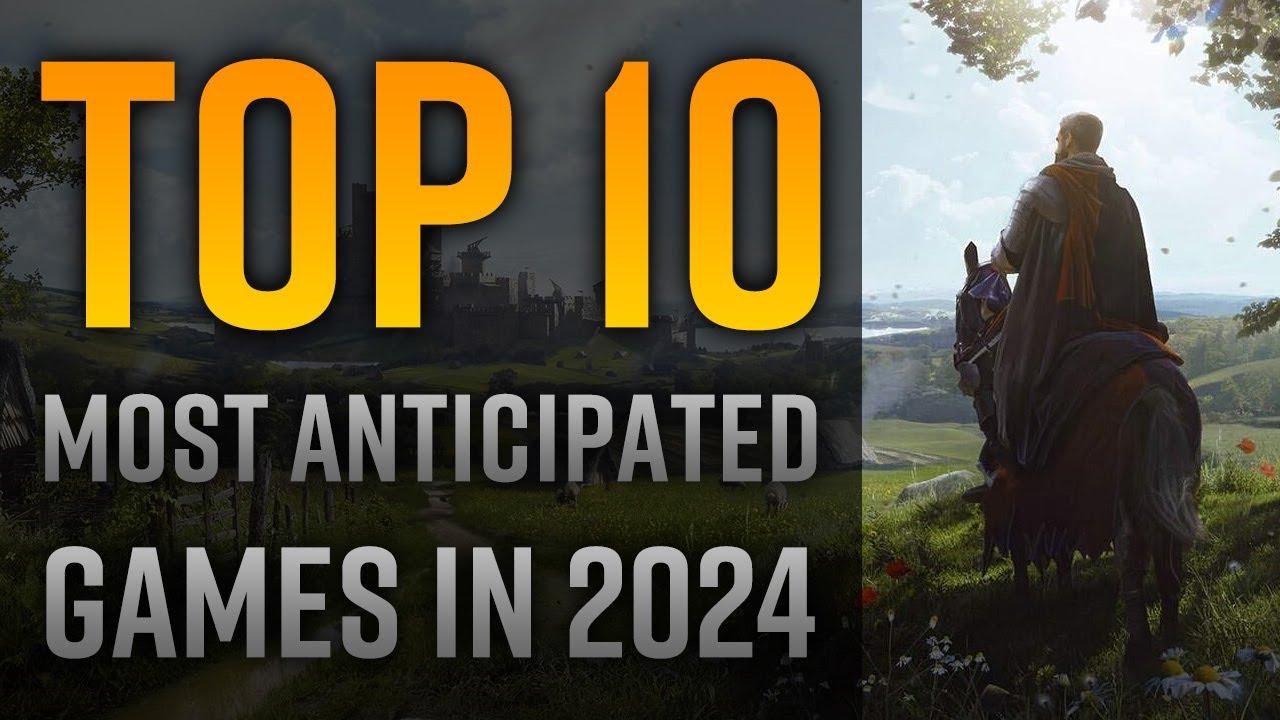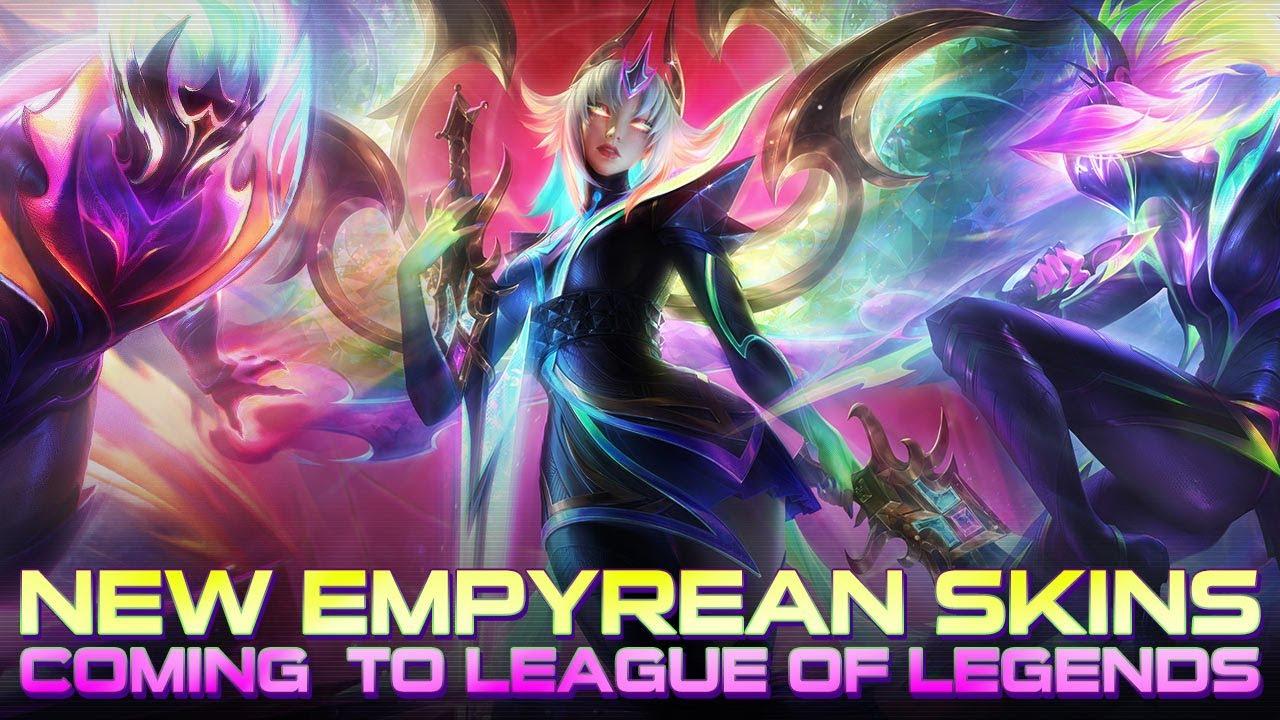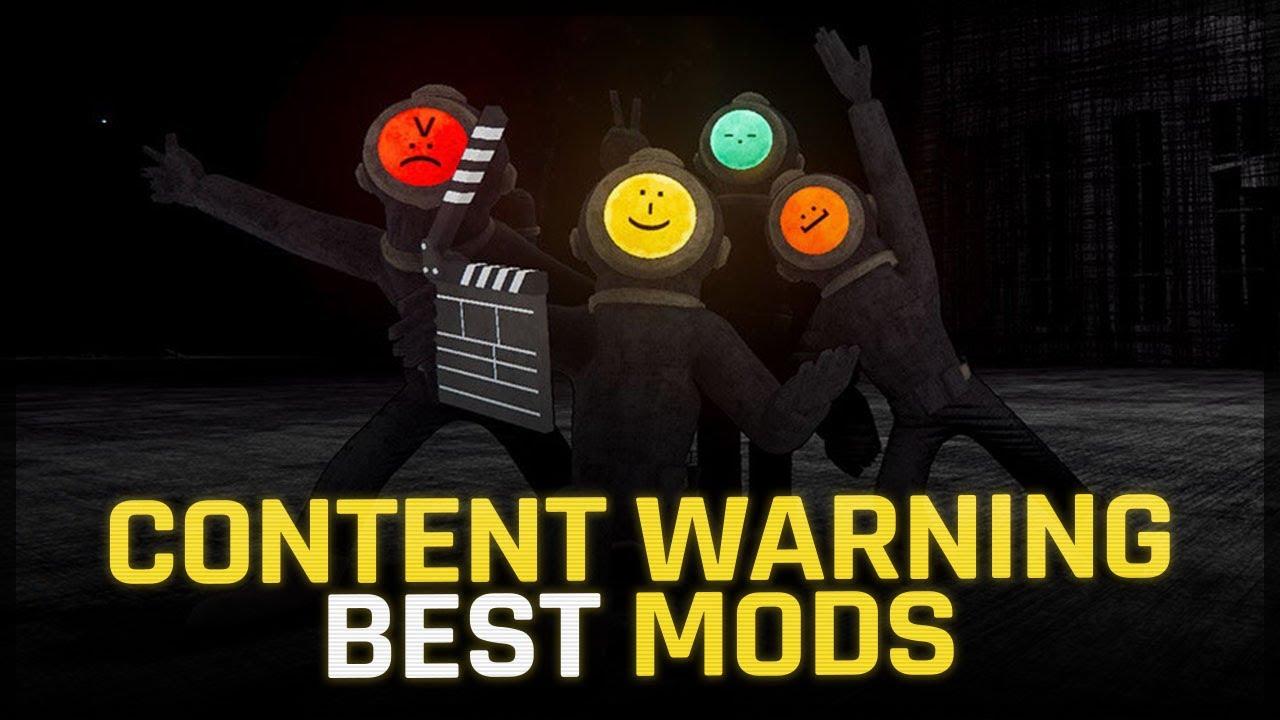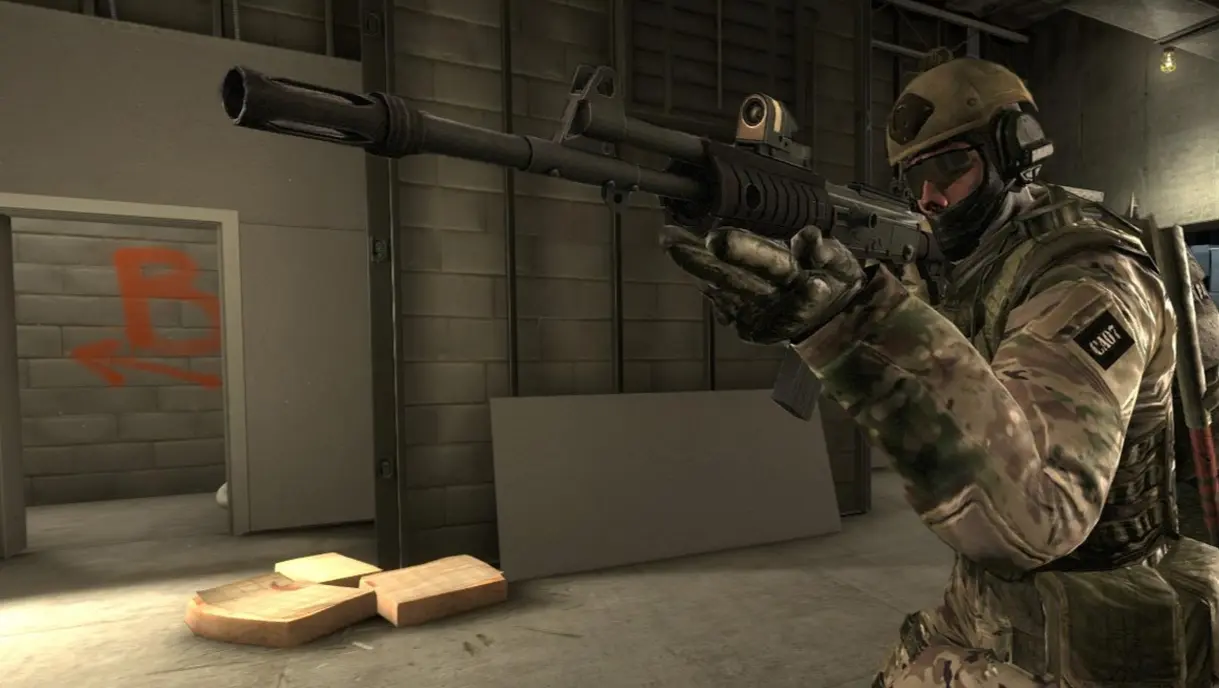
Vertigo changes, M4A1-S buff part of huge CSGO meta shift
Between the SG-553 nerf that hammered the rifle’s viability and the surprise overhaul of Vertigo, Counter-Strike: Global Offensive’s developers have done something they rarely do. In two patches, the developers have signaled that they believe the attacking side is too powerful in today’s meta, and they’re going to do something to fix it.
Several changes suggest that a CT-friendly meta is on the horizon. Over the past nine months, Counter-Strike’s attacking side has increased its winrate on every map thanks to both favorable map design and superior weaponry. Now, those days might be over.
The Krieg nerf buffs CSGO’s CT side more than it hurts Ts
While some might argue that CSGO’s Krieg nerf was just a matter of the weapon, it carries huge implications for the entire T side. No matter how it’s sliced, Valve was an admission that the T side was too strong in general. This is the opposite of the early 2019 meta, which heavily favored the CT side due to the strength of the AUG.
Team Liquid famously used the AUG to overwhelming effect, winning season two of the Intel Grand Slam in only 63 days while frequently buying scoped rifles for four of its five players. The AUG was a large factor in Liquid’s rise to the top of CSGO in 2019. Team Liquid has always relied heavily on suffocating CT halves to close out maps, so the AUG came around at the perfect time to for them to take advantage.
Once developers weakened the AUG with a decreased fire rate and increased price, Team Liquid fell back to earth. By the time the StarLadder Berlin Major ended, TL looked lost without their favorite weapon.
The SG, just like the AUG, is a meta-defining weapon. It forced the opposing team to play around around it, between it, or even avoid it all together. One of the world’s best AWPers, Astralis’ Nicolai “dev1ce” Reedtz, has said that he’d rather not peek someone with the weapon.
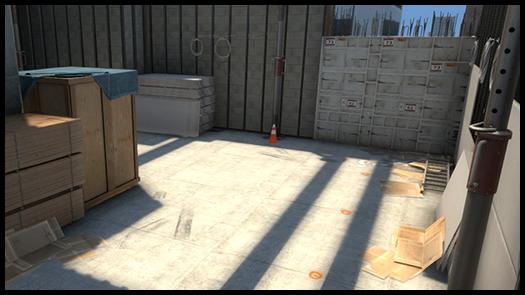
Between January 1, 2019 and the end of the StarLadder Berlin Major in early September, CT sides were outscoring T sides by an average of around 1-2% depending on the map. Maps like Mirage and Nuke heavily favored the CT sides. Their long sightlines and open play spaces gave AUG users free rein of the map, and teams took advantage of it. By the time the Valve rolled out the AUG nerf, Nuke’s CT sides were averaging a 58.4% round winrate. Nuke is CT-sided by design, but the removal of the AUG had a huge effect.
Once teams realized how powerful the SG was, the attacking side roared back. T winrates rose across the board:
- Inferno: +3% round winrate
- Nuke: +2.5% round winrate
- Overpass: +2.4% round winrate
- Vertigo: +2.6% round winrate
These look like small numbers, but they’re actually really big for the time period where they happened. In just six months, the Krieg catapulted the terrorist side past the CT win rate on several maps while managing to gain ground on all but Train. The nerf makes sense given the data, but the Krieg wasn’t toned down in a vacuum. Along with the nerf to the Krieg, CSGO’s developers knocked $200 off the M4A1-S and decreased the time it takes for the Desert Eagle’s accuracy to reset after jumping.
Both of these changes are direct buffs to the CT economy and defenders’ ability to succeed in eco rounds. By lowering the price of a main CT weapon, Valve has both increased CT’s potential for force buys and their odds of succeeding. Changing the rate of fire on a weapon is one thing, but changing an entire map is a whole different deal.
Vertigo changes in latest CSGO update mean devs serious about limiting T winrate
The recent Vertigo changes hint that CSGO’s developers thought that the map was completely unbalanced.
The changes to Vertigo this patch are drastic. The mid window that bridged mid and B site has been replaced by a ramped platform that leads to the CT entrance to B. Since CTs no longer have to move around the mid boxes, they can throw a molly through the window leading to T spawn before any of them can make it to mid.
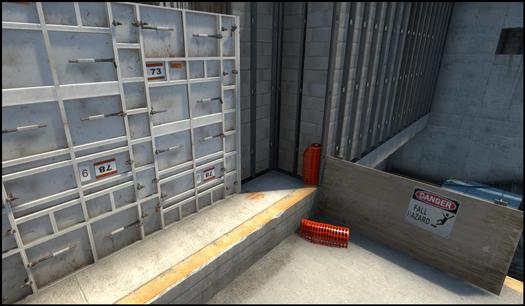
On the other side, CTs now have a rather flimsy wood board to hide behind at the top of stairs, but judging by the design of the site, they were never meant to hold there anyway. B is now completely open. Any CT hoping to hold site from the back catwalk is a one-for-one trade at best. That said, defending the site from the AC units is not only possible, but seemingly recommended.
Losing both B players to a rush almost certainly means the CT playing mid is next. While smokes and flashes were imporant prior to the changes, Vertigo’s B site is now as difficult to hold without utility as Inferno’s. The ease at which Ts can rush B is offset by two things.
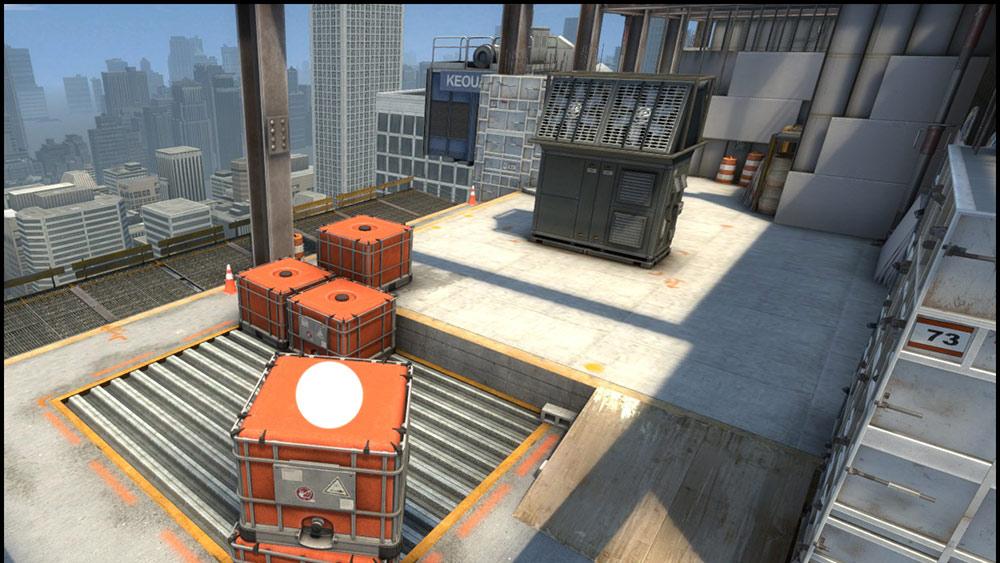
First, it is now more difficult to take A. The wall between elbow and ramp is now made out of metal. Vertigo-focused teams like Liquid have won entire series off good game sense and a Jonathon “EliGE” Jablonowski spray through the barrier, so this change will impact pro play just as much Vertigo’s missing mid window. Second, B site’s entrance now has a cutthrough to elevator, while the wide path around has been closed off. This means that rotations off A are going to be much faster than they were before, but it also means that rotating CTs have to traverse a tiny, hairpin corridor before they can even think about retaking the site.
Ultimately, this can only signal a major shift in how CSGO’s developers are looking at not just game balance, but map balance.
Recommended
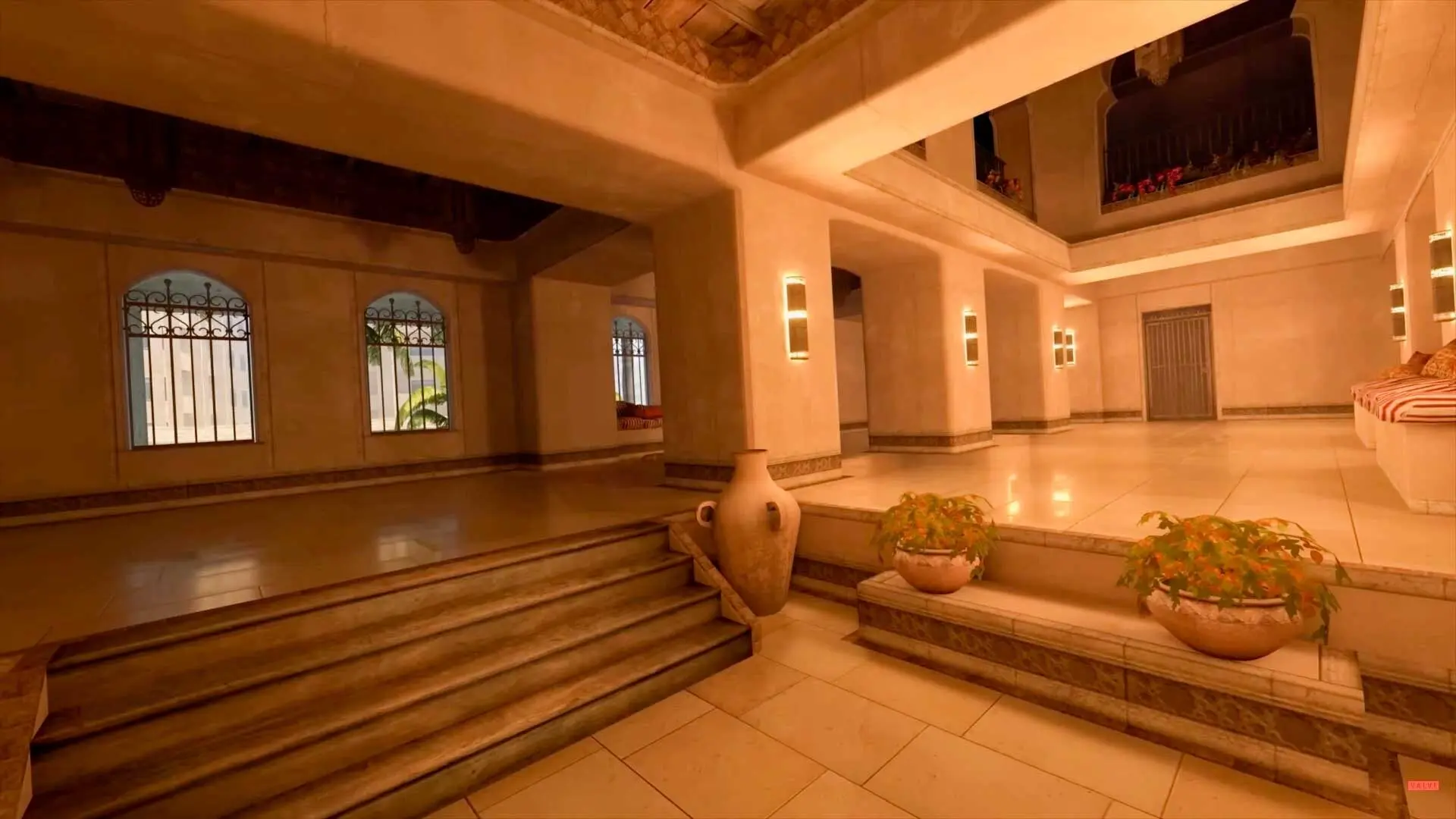
All maps are now available in CS2, what does it mean?
Poor Inferno players.
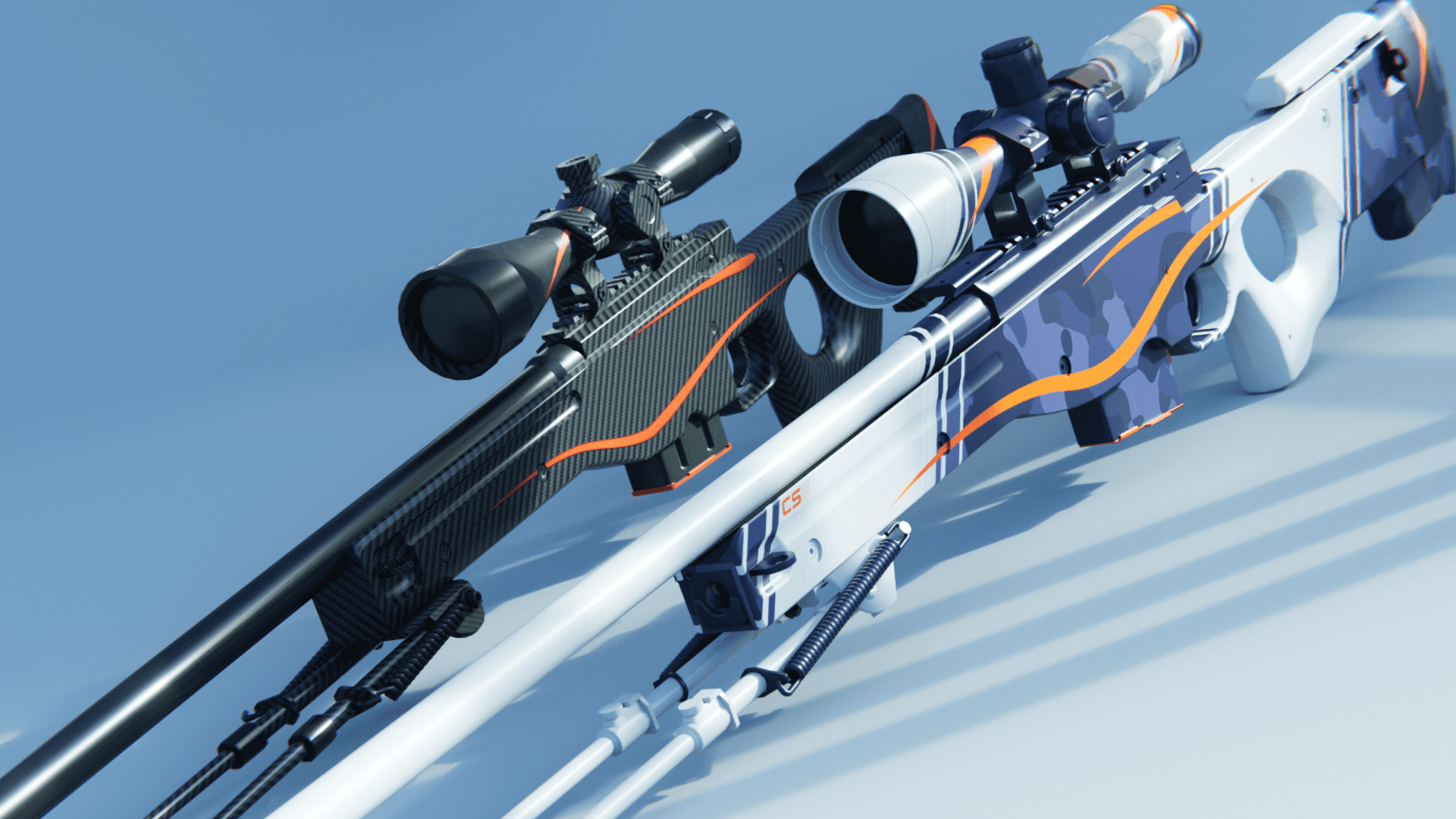
Redline creator reveals a sequel skin for CS2
Maybe call it the Orangeline?
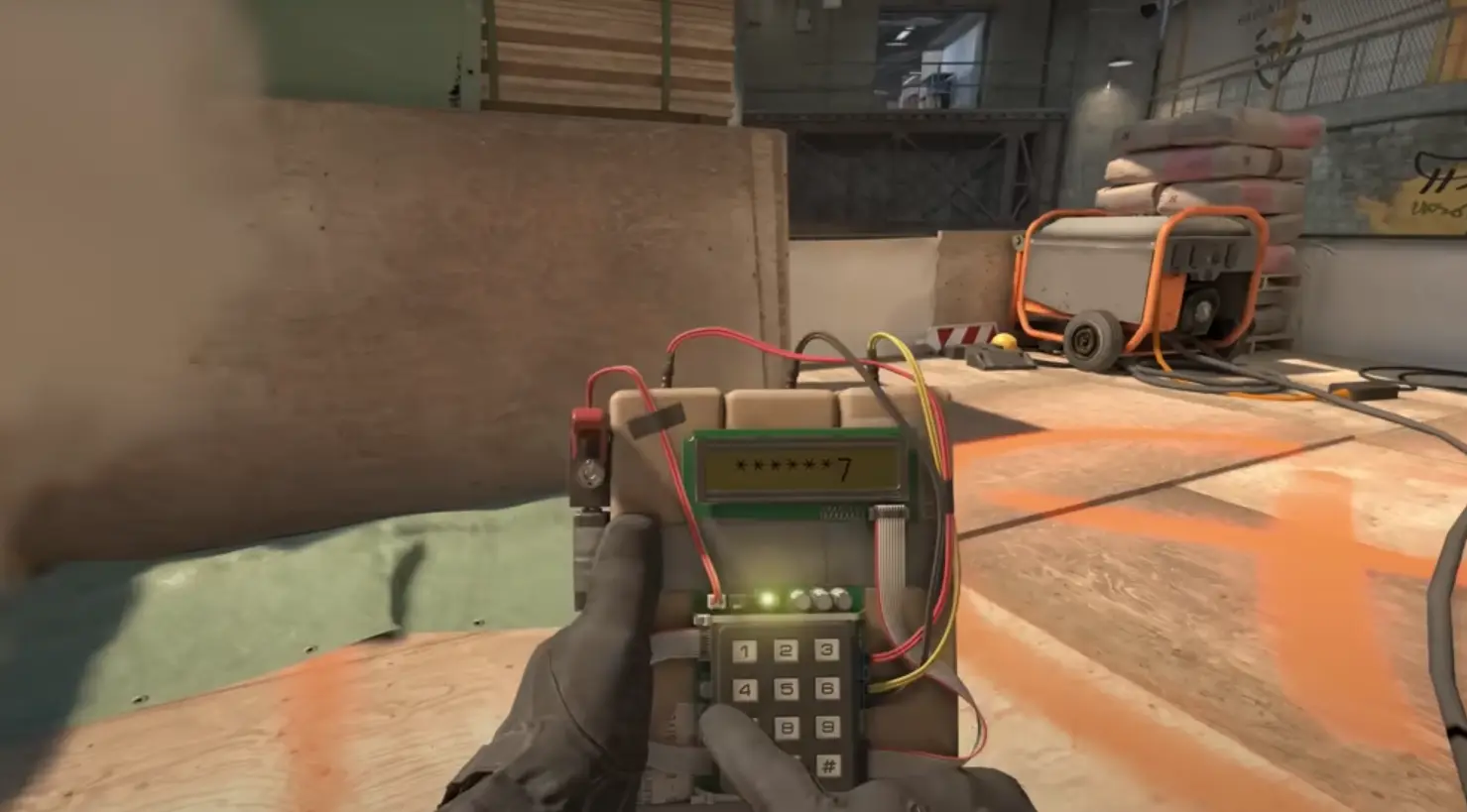
CS2 release date: Everything we know so far
Is it CS2-morrow? No, it is not.

